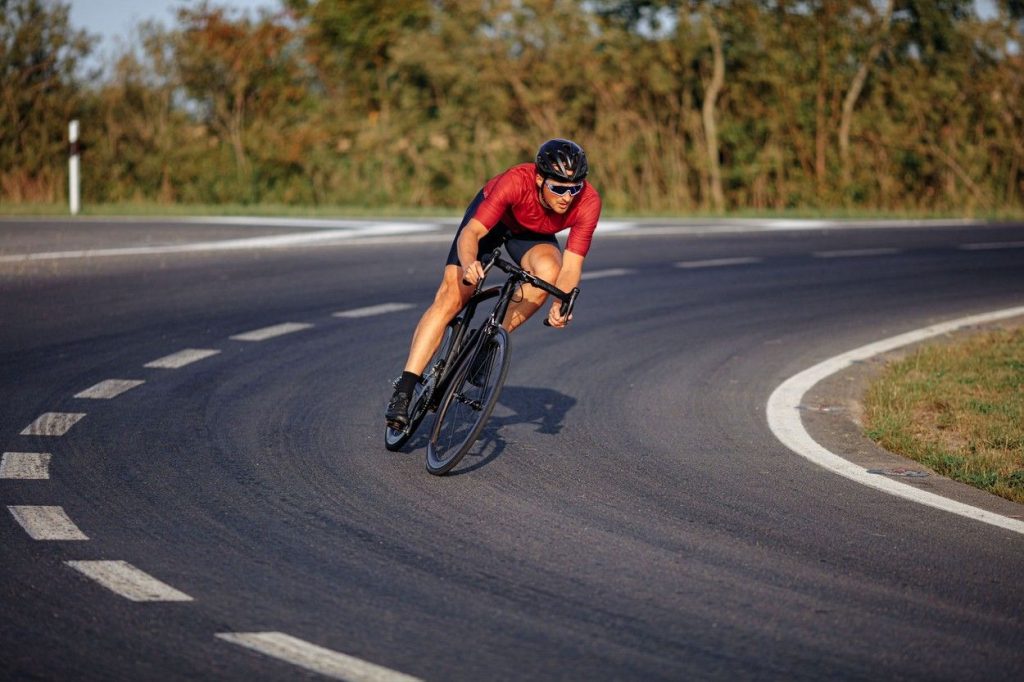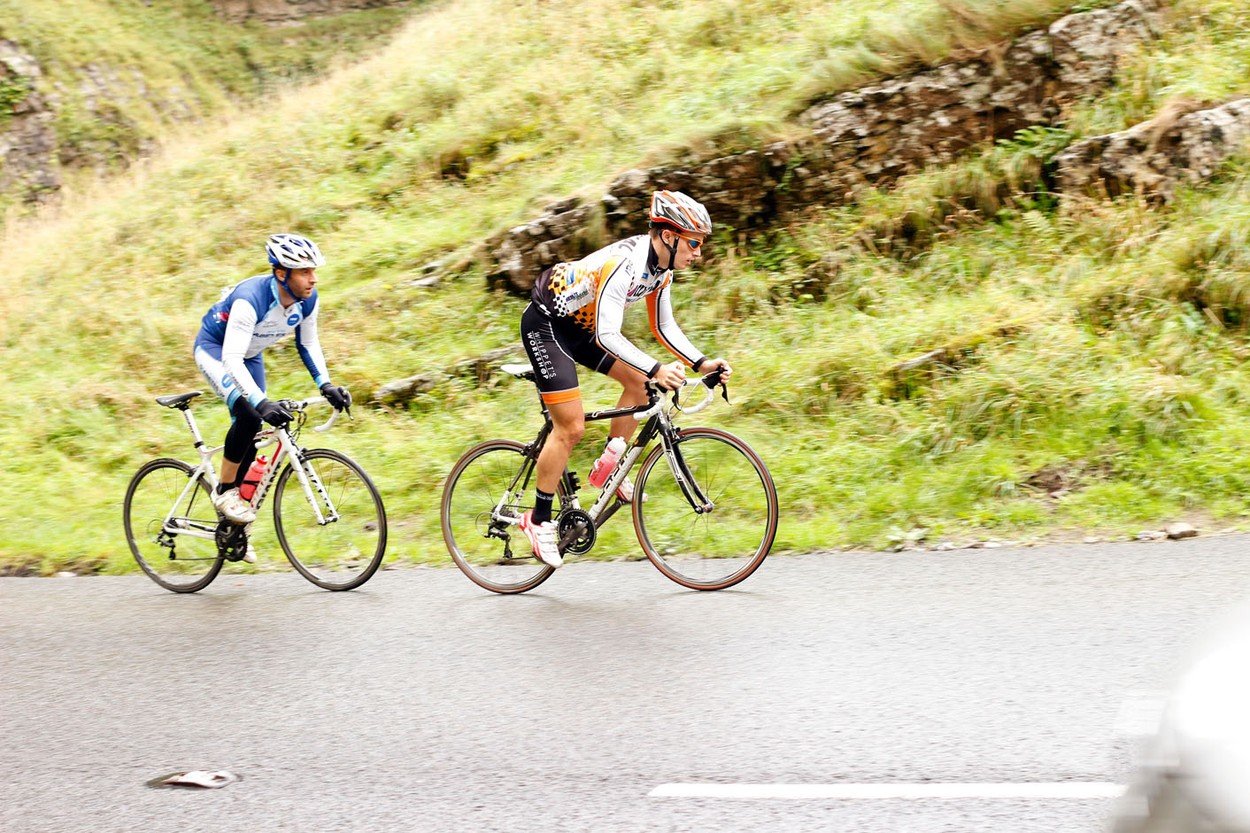How a body physically reacts to training
As we exercise, our physiological system constantly breaks down fuel stored in our body’s cells and converts it into energy to maintain activity. If exercise is intense enough, it can lead to the full depletion of those stores. Recovery time is needed post exercise to replace fuel reserves, and lucky for us, nature pre-anticipates future needs, filling the void with more than we started with in the first place.
Just how many calories do you need? This is not the time for poor nutrition. The trick is to give your body the necessary and essential nutrients it needs as part of the recovery process without overdoing it.
Whether you are interested in building muscle or improving cardiovascular fitness, our bodies are very good at reacting positively to training stress. And as a body adapts to different exercises and has the chance to recover, even more training stress is need to continually force the system to adjust to new levels.
But we can arrive at a saturation point, when our bodies stop reacting to consistent training adaptations. This is otherwise known as a fitness plateau. What is the solution then?
There are several things you can do to break through a training plateau, among them is adapting your routine (have you been doing the same exercises?), adjusting your goals (possibly to something more realistic) or learning from what you know already works for you and experimenting from there for a few weeks before re-evaluating how you feel.
Something else important to consider is if you have allowed yourself proper recovery time. Hard workouts require equally intensive periods of rest. You may feel like you are doing nothing toward achieving your fitness goals, but it’s all happening quietly in the background.
Rest is a necessity
If you are following a workout program made up of training blocks, the last week is usually dedicated to recovery. This is the moment to focus on quality rest, spending less time and intensity on the bike and letting your body focus on active recovery. If you aren’t, rest and recovery should be given the same consideration and thought as any other element of your training. What is important is knowing how to make the most of your rest days through proper nutrition and reduced stress.
You can’t always avoid stress, but do your best to stay away from any activity or social event that may prevent you from having a productive day or impede your recovery. You may not be riding as much, or not at all, but this is not an excuse to skip meals or not get enough calories; you’ll only stress your body further. It needs calories to repair itself properly, so enjoy a balanced meal that will provide you with the nutritional values you need to come back stronger.
Overreaching
It can be tricky to recognise if you have adequate rest in your training plan. That’s because the nature of all training adaptations is overreaching, or doing more than your body is comfortable with to stimulate adaptations. The hope is that you are able to recover from that and start the next training stimulus that much better.
But if you start to increase training stress and pushing your body further than it is able to recover, you’ll also notice you fatigue quicker. It may be a sign that you need more quality rest if you want to avoid hitting a training plateau or exhausting yourself all together.
The need for more recovery will show itself most when working on the intensity aspect of your workouts. Intensity is how hard we actually exercise, for a portion of the session or overall, and it is measured through perceived exertion and overall fatigue, or more precisely, in watts. Intensity is also the most vital element that determines total training stress.
Duration, or how long we ride over certain periods and intensities, and frequency, how often we ride, also play an important role in the total amount of training load and stress. Take all three into consideration when determining if you are overtraining or not. Make any necessary changes and learn from your mistakes.

Does every day feel like a bad day?
For most athletes, if every day you’re training consistently feels like a bad day or you just feel stuck, it’s a clear sign that recovery is an issue for you and you overreached a bit too much. If your performance feels stale and flat in the saddle and it’s not getting better for days or a couple weeks later, you have to look at your nutrition, rest, and sleep.
It can be daunting trying to understand and figure out how to actually recover better. There are so many supplements, special treatments, and tactics that professional cyclists use, but they cost money and resources that non-pros don’t have. While all of that is true, for most of us amateur cyclists, the most important thing is to get the basics right. Here are four bits of advice you should focus on first. Follow the included action points and see how different your rides will be.
Build recovery into every mesocycle
A mesocycle is a training block that lasts about one month and is designed to improve a specific aspect of your fitness. Every block like this should have a built-in recovery at the end. This will ensure your rest and recovery is scheduled and you don’t have to worry you’ll make a poor judgement call.
Action point – Try a popular 23/5 pattern where you gradually increase the load for 23 days and follow that up with 5 days of easy spinning for recovery.
Action point – Try a popular 23/5 pattern where you gradually increase the load for 23 days and follow that up with 5 days of easy spinning for recovery.

Don’t get caught up in stats
Watching your fitness grow and times improve can motivate you to keep increasing the progressive overload. The thought of spending the next 2 days resting, just when you started feeling strong, can be perceived as wrong. But breaking your plan and adding extra load stretches can inhibit your ability to recover and eventually result in a plateau rather than further progress.
Action point – Stick to your training plan, even if you sometimes feel like you should do more.
Improve your sleep
Sleep is such an important part of recovery that you might be surprised how big of a difference a good night’s sleep makes. But how do you get a good night’s sleep? There are a lot of things you can try. If you want to explore the topic further, check out our series on sleep.
Action point – Sleep 10% more. Get to bed 30 minutes earlier than usual every night. If you do this regularly, you will improve not just your sleep quantity but also quality.

Make sure your nutrition matches your training
Make sure your nutrition matches your training
It’s very easy to overeat as a cyclist if you reward yourself too much with food after each training session. And it’s just as easy to undereat if you try to restrict your food to keep a lean racing weight.
The goal for cycling nutrition is to eat just enough to be able to go hard on the bike, but not too much so your body has to deal with excess calories. That’s the best way to avoid a training plateau caused by nutrition. The best approach is periodised nutrition of the “fuel for the work required” approach described in our previous series.
Action point – Eat an extra portion of protein and carbs on a hard training day. Cut back on sugar on easier days.
Attack the plateau from all angles
Training plateaus can be especially tough because you never know which aspect of your training is holding you back. That’s why we covered all of them in this series. Any time you feel like you are not progressing, use the following checklist to identify the problem and return to the corresponding blog post to see if you missed something.
- Keep track of your progress with a training journal
- Adjust training volume
- Use training intensity in a smart way
- Improve your recovery
- If you do all of these things right, there will be nothing standing between you and consistent progress.







